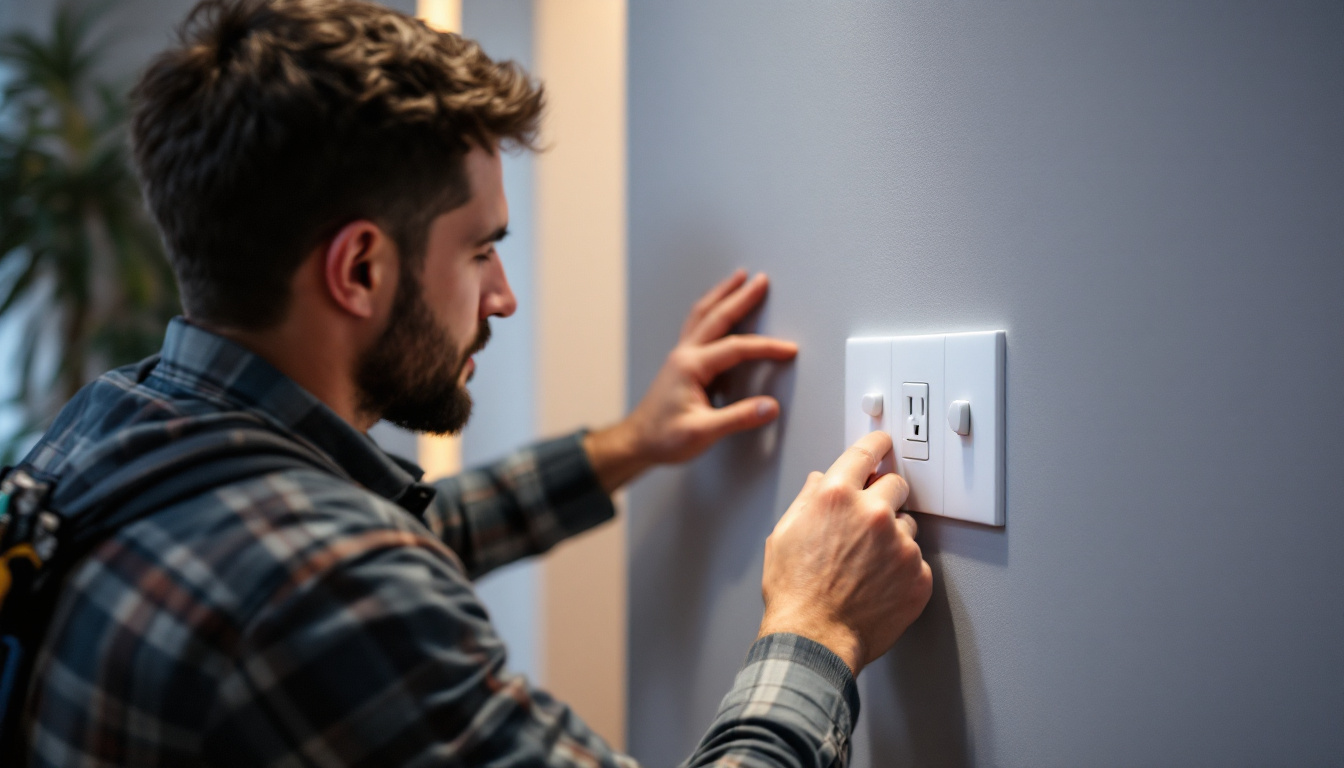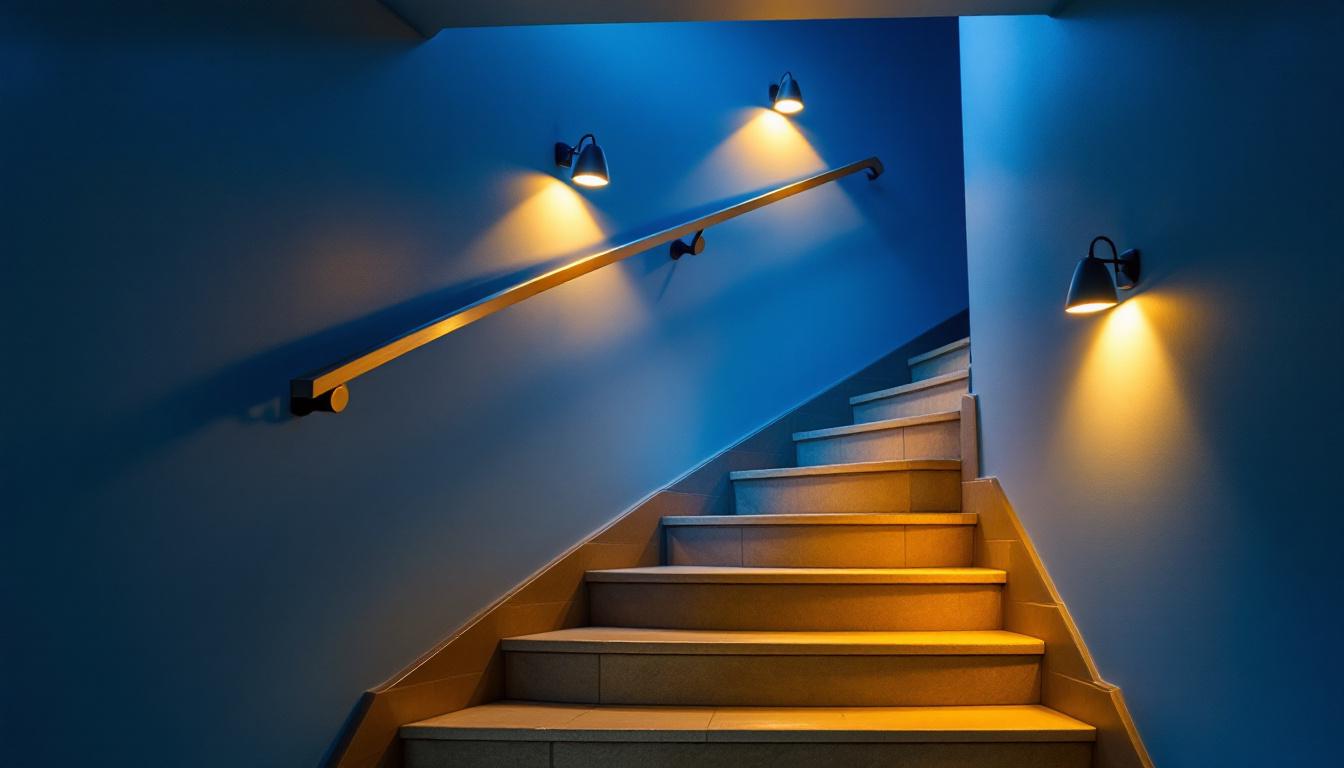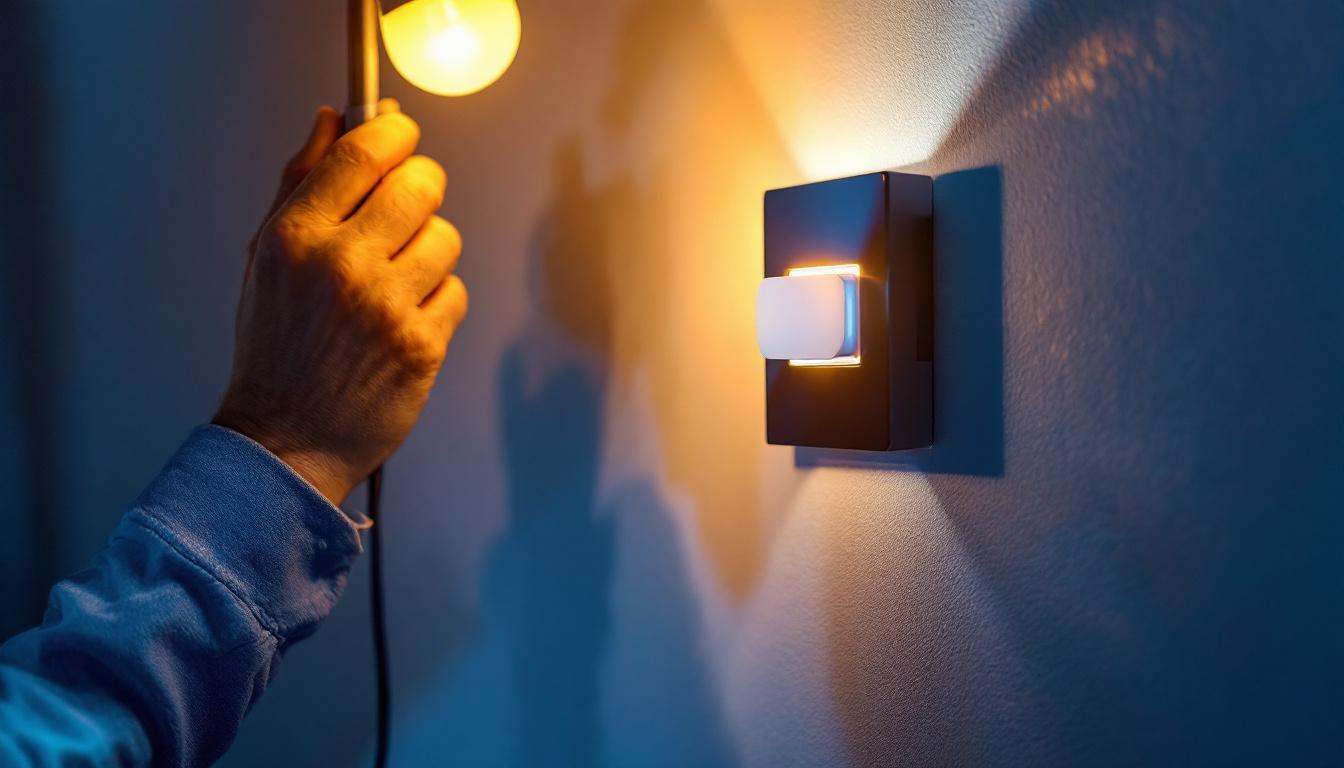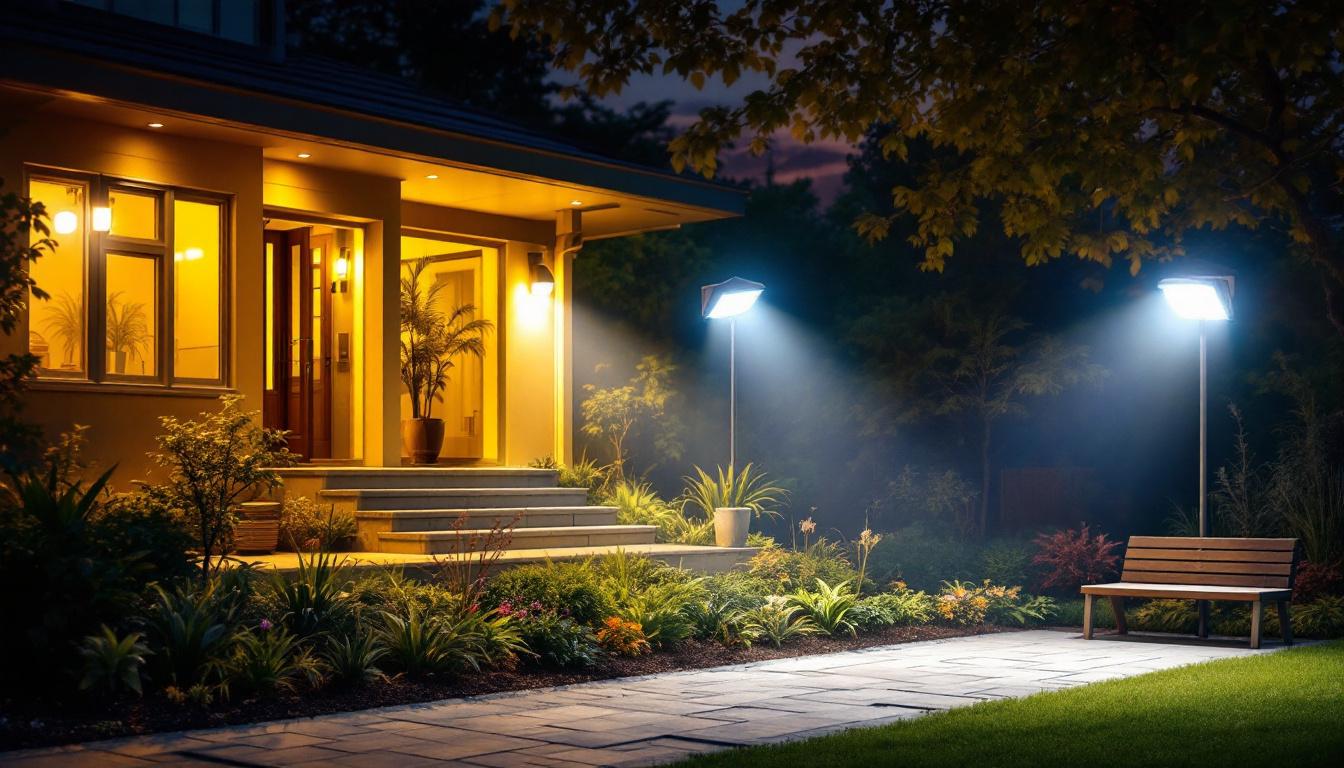
In the realm of electrical installations, switches and receptacles are fundamental components that play a critical role in ensuring functionality and safety. For lighting contractors, understanding the nuances of these elements is essential to delivering quality work that meets both client expectations and regulatory standards. This article offers valuable insights and practical advice tailored specifically for lighting contractors, focusing on the selection, installation, and maintenance of switches and receptacles.
Before diving into the specifics of installation and selection, it’s crucial to grasp what switches and receptacles are, along with their respective functions in a lighting system. A switch is a device that controls the flow of electricity to a light fixture, allowing users to turn lights on and off. Conversely, a receptacle, commonly known as an outlet, provides a point for plugging in electrical devices.
There are several types of switches available, each serving different purposes. The most common types include single-pole, three-way, and four-way switches. Single-pole switches control a single fixture from one location, while three-way switches allow control from two different locations. Four-way switches are used in conjunction with three-way switches to control a fixture from multiple locations.
Understanding these types is vital for lighting contractors as it influences the design and functionality of a lighting system. Selecting the appropriate switch type based on the client’s needs and the layout of the space can significantly enhance user experience. For instance, in larger homes or commercial spaces, three-way and four-way switches can provide convenience by allowing users to control lighting from various entry points, reducing the need to walk through dark areas. Additionally, smart switches have emerged as a popular option, enabling remote control via smartphone apps or voice commands, thus integrating modern technology into traditional lighting systems.
Receptacles also come in various forms, designed to accommodate different devices and applications. Standard duplex receptacles are the most common, but there are also GFCI (Ground Fault Circuit Interrupter) and AFCI (Arc Fault Circuit Interrupter) receptacles, which provide additional safety features. GFCI receptacles are particularly important in areas prone to moisture, such as kitchens and bathrooms, as they prevent electrical shock.
Contractors must be familiar with the different types of receptacles to ensure compliance with local electrical codes and to meet the safety needs of their clients. Additionally, specialized receptacles, such as those designed for high-wattage appliances or outdoor use, should be considered based on the specific requirements of the installation. For example, outdoor receptacles are typically weather-resistant and include protective covers to safeguard against the elements, while receptacles for kitchen appliances may need to handle higher amperage to support devices like microwaves and toasters. Understanding the nuances of each receptacle type can help prevent potential hazards and ensure a reliable electrical system that meets the demands of modern living.
Proper installation of switches and receptacles is crucial for safety and functionality. Following best practices not only ensures compliance with electrical codes but also enhances the longevity and reliability of the installations.
Before installation begins, careful planning of the layout is essential. This involves determining the optimal locations for switches and receptacles based on the intended use of the space. Consider factors such as accessibility, convenience, and the overall design of the room.
For instance, switches should be placed at a height that is easily reachable, typically around 48 inches from the floor. Receptacles should be positioned to minimize the use of extension cords, which can pose safety hazards. By thoughtfully planning the layout, contractors can create a more functional and user-friendly environment. Additionally, it’s beneficial to consider the flow of the room and the activities that will take place there; for example, in a kitchen, placing receptacles near countertops can facilitate the use of appliances without the risk of overloading circuits.
Wiring is the backbone of any electrical installation. Ensuring that the wiring is done correctly is paramount for safety and performance. Use the appropriate gauge of wire for the circuit, and always adhere to local electrical codes.
When connecting switches and receptacles, it’s important to follow the manufacturer’s instructions and ensure that all connections are secure. Loose connections can lead to arcing, which poses a fire hazard. Additionally, using wire nuts or terminal screws to secure connections can help prevent future issues. It’s also wise to label circuits clearly in the breaker panel, which aids in future troubleshooting and modifications. Furthermore, considering the use of GFCI (Ground Fault Circuit Interrupter) receptacles in areas prone to moisture, such as bathrooms and kitchens, can significantly enhance safety by preventing electrical shock.
After installation, thorough testing is crucial to ensure everything is functioning correctly. Use a multimeter to check voltage levels and confirm that switches and receptacles are properly wired. This step can help identify potential issues before the system is put into regular use.
If problems arise, troubleshooting is key. Common issues include flickering lights or non-functional receptacles. Checking connections, ensuring the correct circuit breaker is in use, and verifying that the switch or receptacle is not faulty are essential steps in diagnosing the problem. Additionally, it can be helpful to keep a log of any issues encountered and the solutions implemented, as this can serve as a valuable reference for future projects. Regular maintenance checks can also help in identifying wear and tear over time, ensuring that installations remain safe and effective for years to come.
Compliance with safety standards is a non-negotiable aspect of electrical work. Lighting contractors must stay informed about local electrical codes and regulations to ensure that installations are safe and legal.
The National Electrical Code (NEC) provides guidelines for safe electrical installations. Familiarity with the NEC is essential for lighting contractors, as it outlines requirements for switches and receptacles, including spacing, placement, and grounding.
For example, the NEC mandates that receptacles in residential areas must be installed at least 12 inches above the floor. Understanding these regulations not only ensures compliance but also protects clients from potential hazards.
Grounding and bonding are critical components of electrical safety. Proper grounding helps prevent electrical shock and ensures that excess electricity is safely redirected to the ground. Lighting contractors should ensure that all switches and receptacles are properly grounded according to the NEC guidelines.
Bonding, on the other hand, involves connecting various metal parts of an electrical system to ensure they have the same electrical potential. This is crucial in preventing electrical shock and ensuring the safety of the installation.
The quality of switches and receptacles can greatly impact the performance and safety of an electrical system. Lighting contractors should prioritize selecting high-quality products from reputable manufacturers.
When choosing switches and receptacles, evaluating product specifications is essential. Look for products that meet or exceed industry standards for safety and performance. Features such as tamper-resistant designs, weatherproof ratings, and enhanced durability can significantly enhance the reliability of installations.
Additionally, consider the aesthetic aspects of switches and receptacles, as they can affect the overall look of the space. Offering clients a variety of styles and finishes can help create a cohesive design that aligns with their vision.
Another important factor in product selection is warranty and support. Quality manufacturers often provide warranties that cover defects and performance issues. This not only offers peace of mind to contractors but also reflects the manufacturer’s confidence in their products.
Moreover, having access to reliable customer support can be invaluable when troubleshooting issues or seeking guidance on installation. Contractors should establish relationships with suppliers who offer robust support and resources.
Once switches and receptacles are installed, ongoing maintenance is crucial to ensure their longevity and performance. Regular inspections and maintenance can help identify potential issues before they become significant problems.
Conducting routine inspections of switches and receptacles is essential for maintaining safety and functionality. Look for signs of wear, such as discoloration, heat damage, or loose connections. Regularly testing GFCI and AFCI receptacles is also important, as these devices can wear out over time.
Encouraging clients to report any unusual behavior, such as flickering lights or tripped breakers, can help identify issues early and prevent more extensive damage or safety hazards.
Educating clients about the importance of maintenance can foster a proactive approach to electrical safety. Providing them with guidelines on how to care for switches and receptacles, including when to call a professional for assistance, can empower them to take an active role in their electrical safety.
Additionally, offering periodic maintenance services can enhance the contractor-client relationship and provide ongoing support for the electrical systems installed.
For lighting contractors, understanding the intricacies of switches and receptacles is essential for delivering safe, functional, and aesthetically pleasing installations. By adhering to best practices for installation, staying informed about compliance standards, choosing quality products, and prioritizing maintenance, contractors can ensure the success of their projects.
Ultimately, the goal is to create lighting solutions that not only meet the immediate needs of clients but also stand the test of time. With the right knowledge and approach, lighting contractors can excel in their field, providing exceptional service and quality work that enhances the safety and functionality of any space.
Ready to elevate your lighting projects with the highest quality switches and receptacles? Look no further than LumenWholesale. Our extensive selection of spec-grade lighting products is designed to meet the rigorous demands of any installation, ensuring safety, functionality, and aesthetic appeal. With unbeatable wholesale prices and the convenience of free shipping on bulk orders, LumenWholesale is your go-to source for superior lighting solutions. Don’t let inflated markups affect your bottom line. Choose LumenWholesale for Wholesale Lighting at the Best Value and make the smart choice for your business today.

Discover why lighting contractors should prioritize basement stairs lighting in their projects.

Discover the essential insights lighting contractors need to meet client expectations when installing wall dimmer switches.

Discover why staying informed about Type G lamp bulbs is crucial for lighting contractors.

Discover the ultimate guide to top-rated flood lights that give lighting contractors a competitive edge.